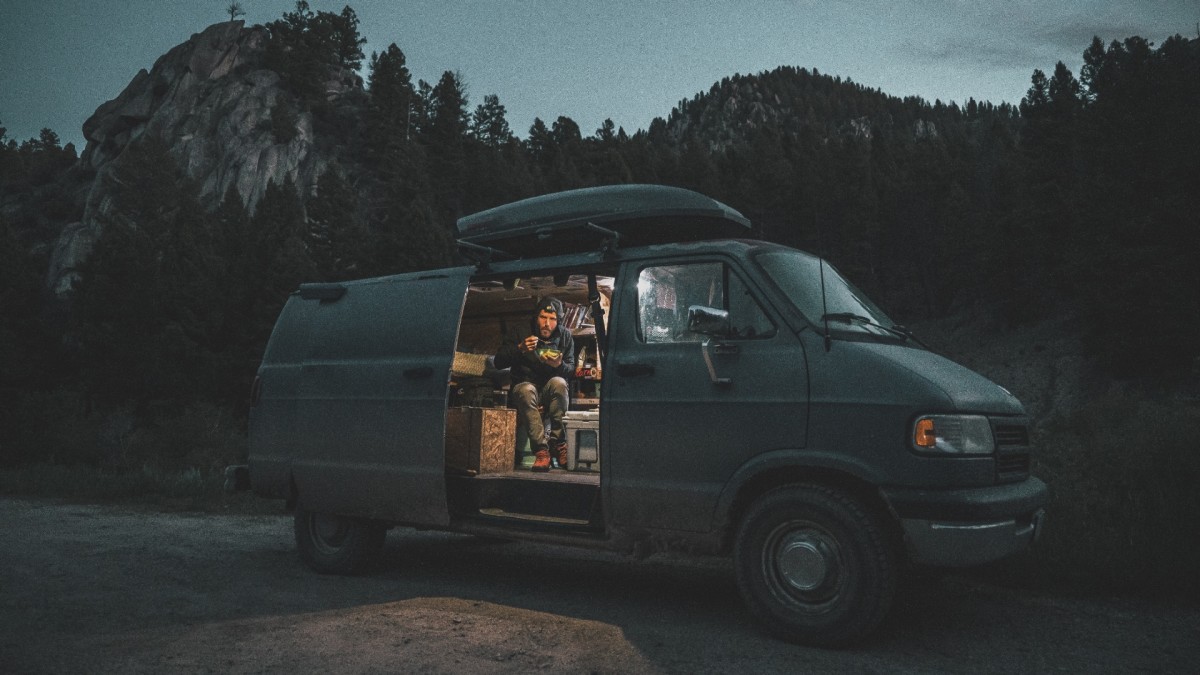If you’re a rock climber, or any sort of adventurer for that matter, chances are you’ve seen adventure photographer Drew Smith’s work. From the big walls of Yosemite to first ascents in Patagonia to ice climbs in Kyrgyzstan, the man has been everywhere. And he has the photos to prove it.
These days, you’re likely to find Smith’s work spread across the glossy pages of Patagonia’s beloved catalog or capturing the epic expeditions of The North Face athletes in remote corners of the world. Undeniably, he’s carved out his place as one of today’s most talented adventure photographers, thanks to his ability to keep up with elite climbers and document their exploits with breathtaking imagery.
Having success at what many would consider a dream job—being paid to travel the world and take pictures—aspiring photographers often ask Smith for tips on how to establish themselves in the industry, to which he responds by laying out a relatively simple roadmap: “Take your camera everywhere and go on adventures all the time. That’s what I did,” he says. “It’s not like I was trying to become an adventure photographer. I just felt like I had to be one.”
Of course, his journey was a bit more complicated than that. Recently chronicled in the short film A Young Man’s Road, produced by Firestone Walker Brewing Co., the photographer’s career trajectory could be likened to that of a pinball, ricocheting left and right.

Smith grew up working on his family’s ranch in Montana, and after high school spent a summer fighting wildfires. Then he gave college a try for two weeks before deciding it wasn’t for him. He recalls, “A lot of people think that means you’ll do nothing with your life and I hated that. So I decided I would just do as many things as I possibly could and really live life.” And so, an itinerant lifestyle began.
Smith was soon collecting an assortment of experiences wherever life took him: commercial fishing in Alaska, teaching English in Ecuador, guiding outdoor education trips in California, operating a snowcat in Jackson Hole, search and rescue in Yosemite, and the list goes on. “I’d try a job, and if I didn’t feel a huge connection to it, I’d do it for a bit, then move on,” he says. Eventually, his brother, who had gone to school for photography, gave him an old camera and urged him to start documenting his travels.
It was when working in Jackson Hole one winter that Smith broke his back snowboarding and compressed seven vertebrae. Forced to stay put for the summer, he met a group of rock climbers while working at an outdoor gear shop that introduced him to their sport. When he realized it took less of a toll on his body while still allowing him to push his limits and get the same rush as snowboarding, he was instantly hooked. Soon, climbing became the focal point of Smith’s life on the road.
“Quite often, I’d be traveling around rock climbing and I wasn’t making money off of photos yet, so I’d go back to these jobs doing construction or whatever and beat the shit out of my body,” he says. “I’d do that for a little bit and I just wouldn’t be happy. I didn’t feel like my life was fulfilled, so I’d quit and go live on the road, rock climb, and take photos, and that felt good. I’d do that until I ran out of money, then I’d go back to those jobs.”

After six years, he was still waiting for his breakout moment when he introduced his girlfriend to photography. Within a year, she was doing it professionally, which led to the realization that he simply wasn’t being proactive enough when it came to submitting his work. “I remember thinking if somebody really likes my stuff, that they’d approach me,” he says, “but it never happened that way.”
Upon landing a contact at Patagonia, he took a chance and sent in his best photos. “Then I got an email from the head editor,” Smith shares. “It was like ‘I really liked your submission. Please continue to submit and here is the info on how to request clothing.’ I got that email and started crying. I was like, ‘Holy shit! I’m going to make this work.’ ”
Since then, it’s been a wild ride, tirelessly crossing the globe on assignments documenting the world’s best mountain athletes for top outdoor brands and publications. Of course, the COVID-19 pandemic has put his international travel plans on hold for the time being (expeditions to Pakistan and Norway were both recently canceled), yet his nomadic life continues in remote parts of the U.S. where he can climb and keep busy with work.
Looking back on how he arrived where he is today, Smith points out an essential component to his success: his parents. “They couldn’t support me with money,” he says, “but they gave me a lot of support with love and made me believe that I could do whatever I wanted to. I’m very fortunate to have that. My parents just let me be me and find my path.”
In fact, his father’s influence is present in A Young Man’s Road. The elder Smith wrote and plays the opening song as the photographer shares a quote that his father imparted upon him: “Make goosebumps last as long as you can, and take advantage of cheap thrills.”
from Men's Journal https://ift.tt/2Hsypaj
via IFTTT











0 comments:
Post a Comment